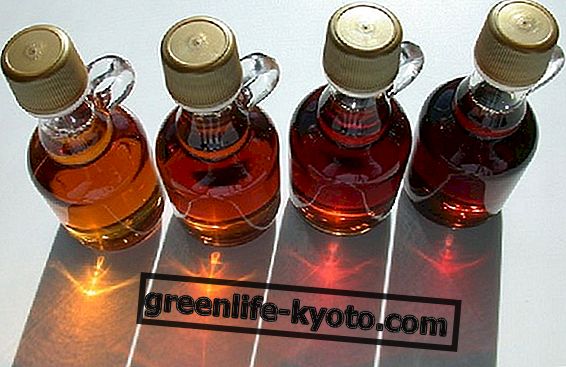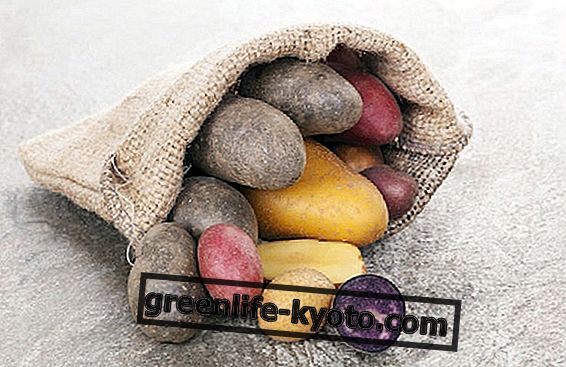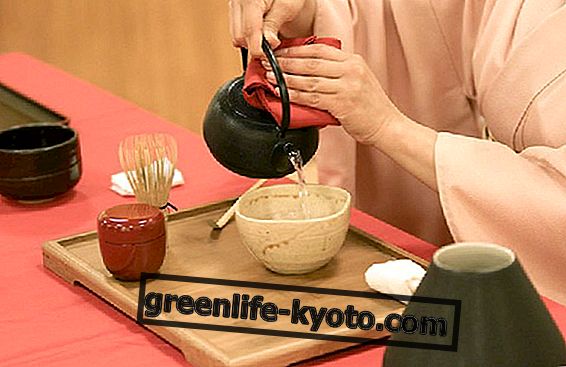
Male intimate hygiene
The term " hygiene " comes from the Greek ὑγιεινός, which stands for "protection and improvement of health". Washing is an integral part of a correct life, but it is good to know in depth also the dangers of the abundance of water. Getting information is essential. To tell the truth, by now, one speaks almost only of a woman's intimate hygiene and never of male intimate hygiene. The medical literature on this subject is also scarce and incomplete.
With the growth, the physiology of the genital apparatus of the male changes and with it also the hygienic precautions. Starting with the child, male intimate hygiene focuses on the delicacy of the parts and the cleansing that must be gentle, even when the parts in question are in contact with the faeces.
As the child grows, there is a partial detachment of the glans from the foreskin. The low-cut part must be washed, always gently, avoiding rubbing with your hands. It is advisable to use a gentle water spray, perhaps using a rounded-tip syringe. This causes those toxic substances that would normally irritate the baby's mucous membranes to be removed. The mucous membranes are important, as they make the prepuce elastic, favoring the function of protecting the glans.
The person who is not inclined to wash, and who therefore does not cleanse the smegma, more easily incurs the risk of developing bacterial pathologies and localized viral infections. Also, those who abuse the cleanliness in that area, incur in pathologies of excessive cleansing.
Much also depends on what you use . The use of hygiene products such as soaps with washing bases exceeding in surfactants, perhaps even frequently, leads to balanitis or balanopostites due to the erosion of the body's natural oily substances. Yes, because it is the mucous membranes that produce substances that form a sort of physical barrier against bacteria, fungi and viruses.
Other enemies of mucous membranes and male intimate hygiene are some toxic substances present in the dyes of some fabrics used for underwear or contained in the residues of detergent used for washing clothes.
Rules for proper male intimate hygiene
Wash twice daily, in the morning and in the evening before going to sleep. In case of sexual intercourse, wash before and after. It is sufficient to use water and neutral soap. Avoid aggressive, very fragrant and very foamy products. Instead, use specific products for male intimate hygiene: antifungal, antifungal, anti-odor and skin purifying. Try to respect your natural skin acidity, the famous pH .
When going to the bathroom, it is good to calmly clean and dry well. Clean the member by always lowering the skin covering the glans. The anus and genital organ must be cleaned separately and not with the same toilet paper. Avoid the exchange of towels, where many bacteria are deposited. Avoid using perfumes to cover odors, prefer talc. Use cotton clothing . Male intimate hygiene is closely linked to feminine intimate hygiene. Check the intimate hygiene of the partner, transmission vehicle.
Circumcision and hygiene
Circumcised and uncircumcised men are distributed throughout the world. We are not dealing here with ethno-religious motivations, but we would like to remind you that, in both cases, it is good that man has his own hygiene at heart.
The pro-circumcision, mostly North Americans (the American Society of Pediatrics recommends circumcision as a hygienic device) are of the opinion that the practice avoids the persistence of smegma and facilitates hygiene. Supporters of the conservation of the foreskin have as many arguments, the main one being the respect of the glans protection function.
The circumcision practiced during tribal rites among the so-called Third World populations deserves a separate mention. Pain, bleeding and infections can provoke, in addition to the psychological trauma that the child remembers for years, also cicatriziali healings such as to reduce the surface of the mucosa able to have exogenous sensory activity.













